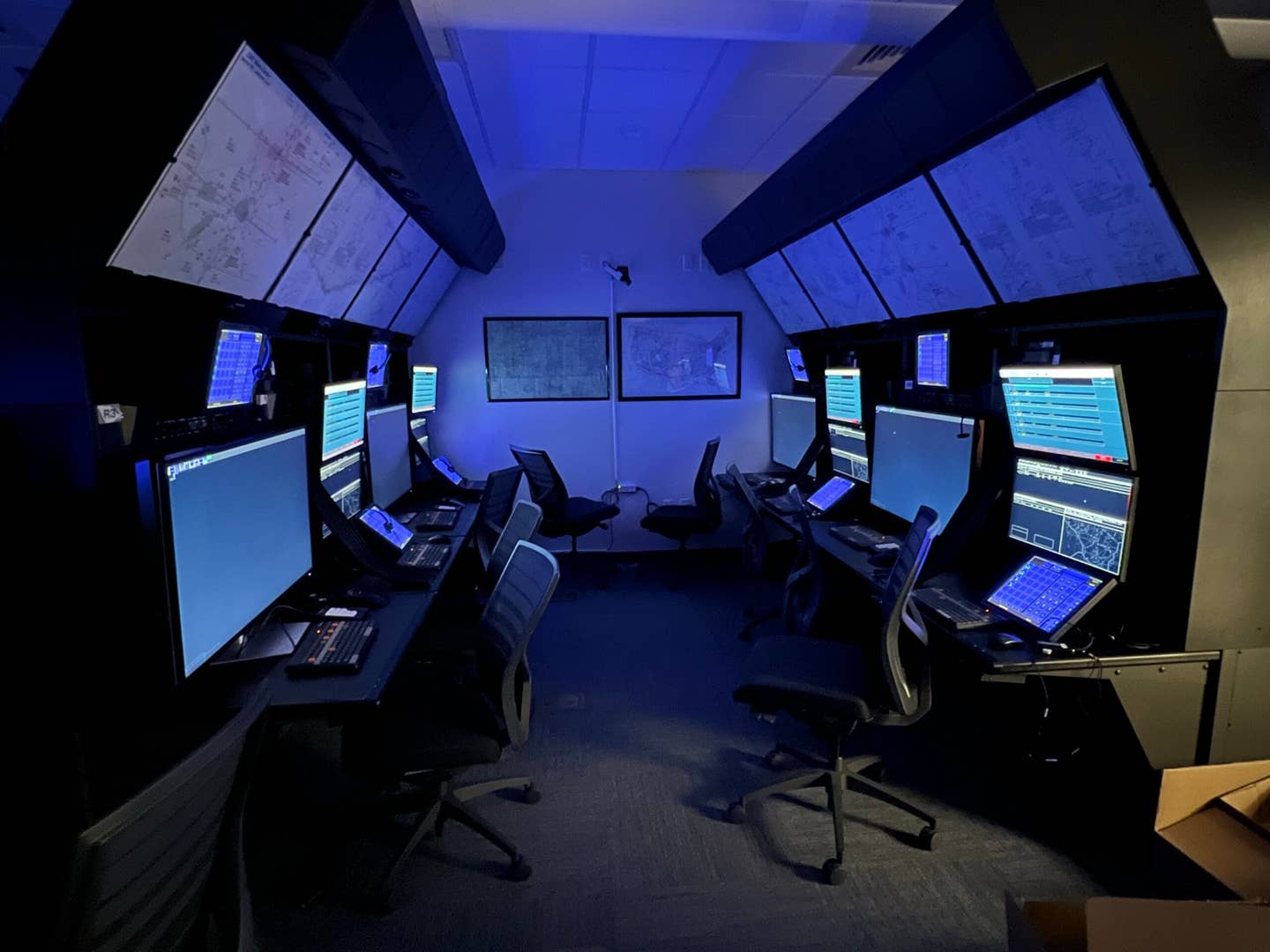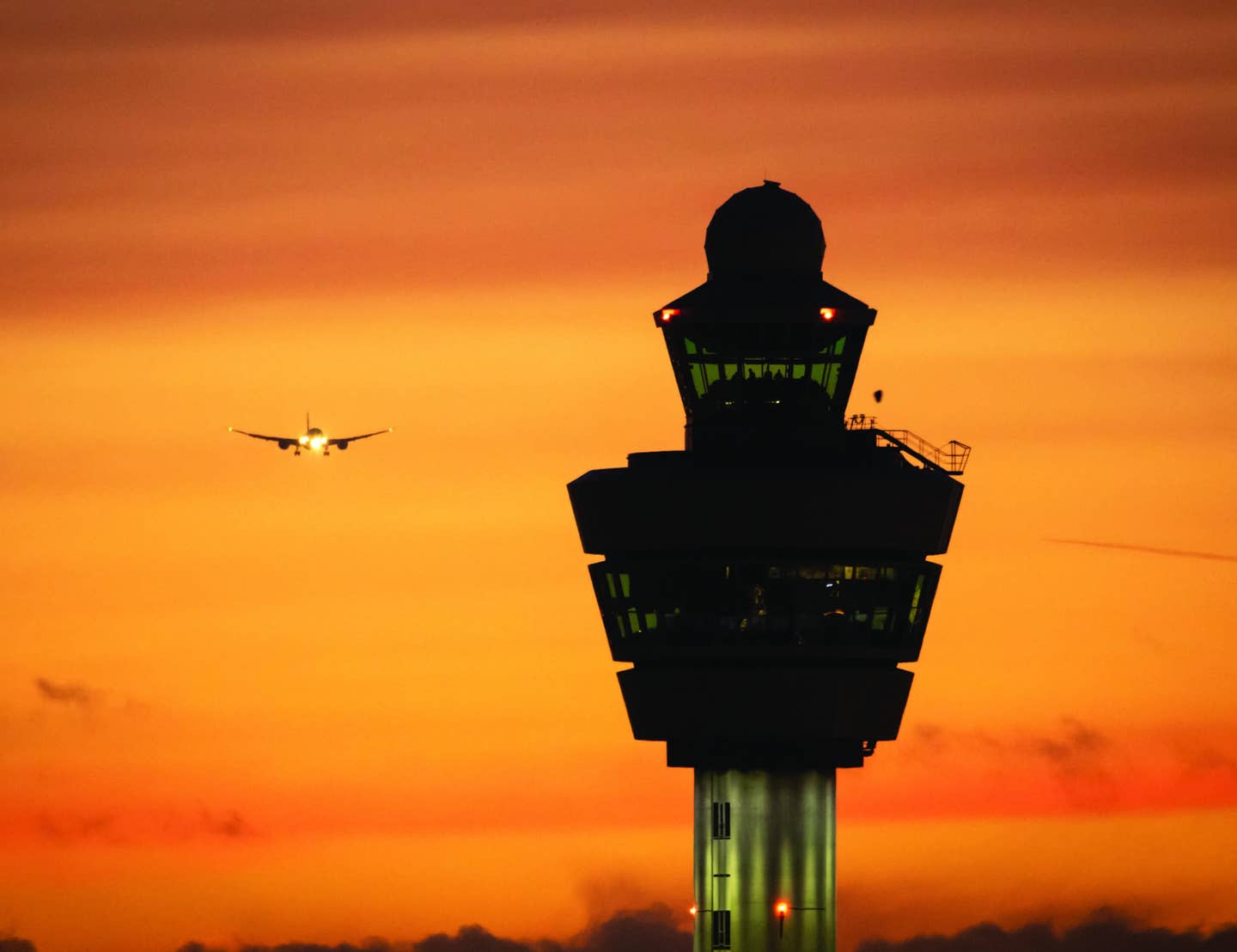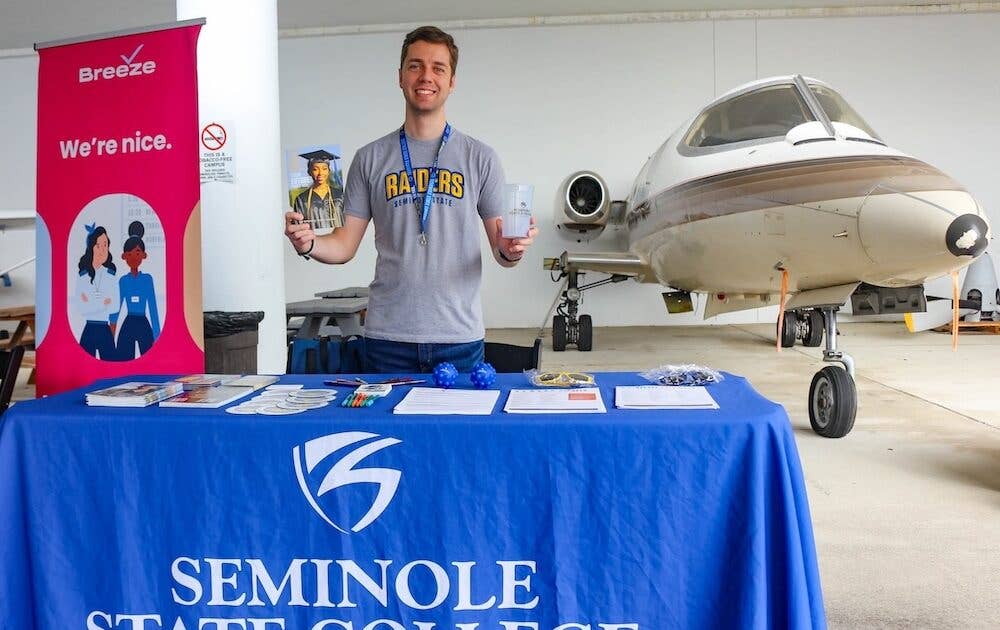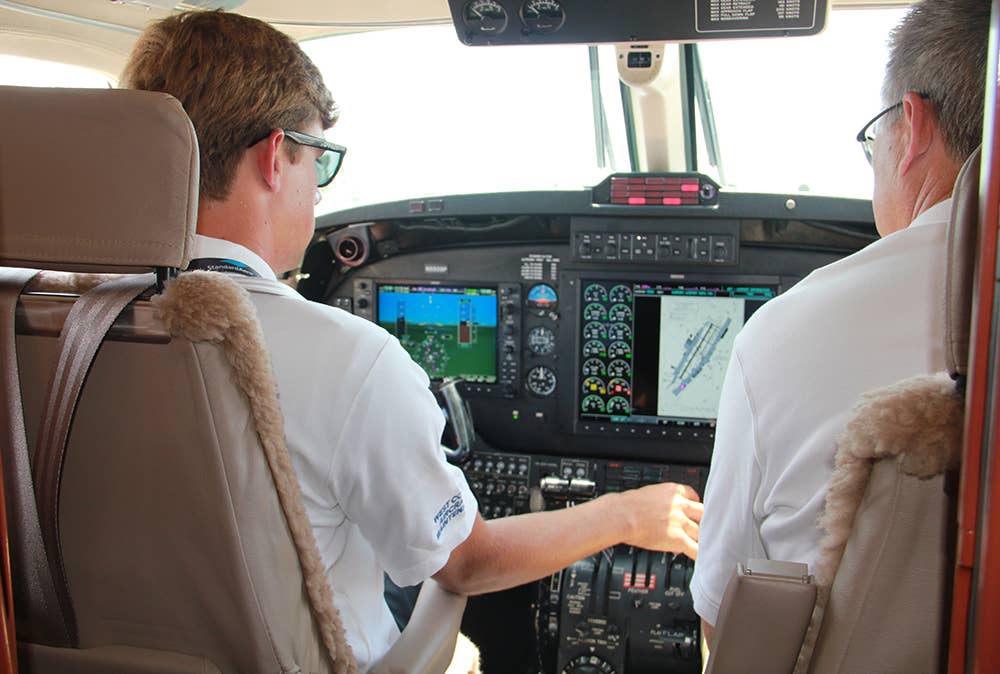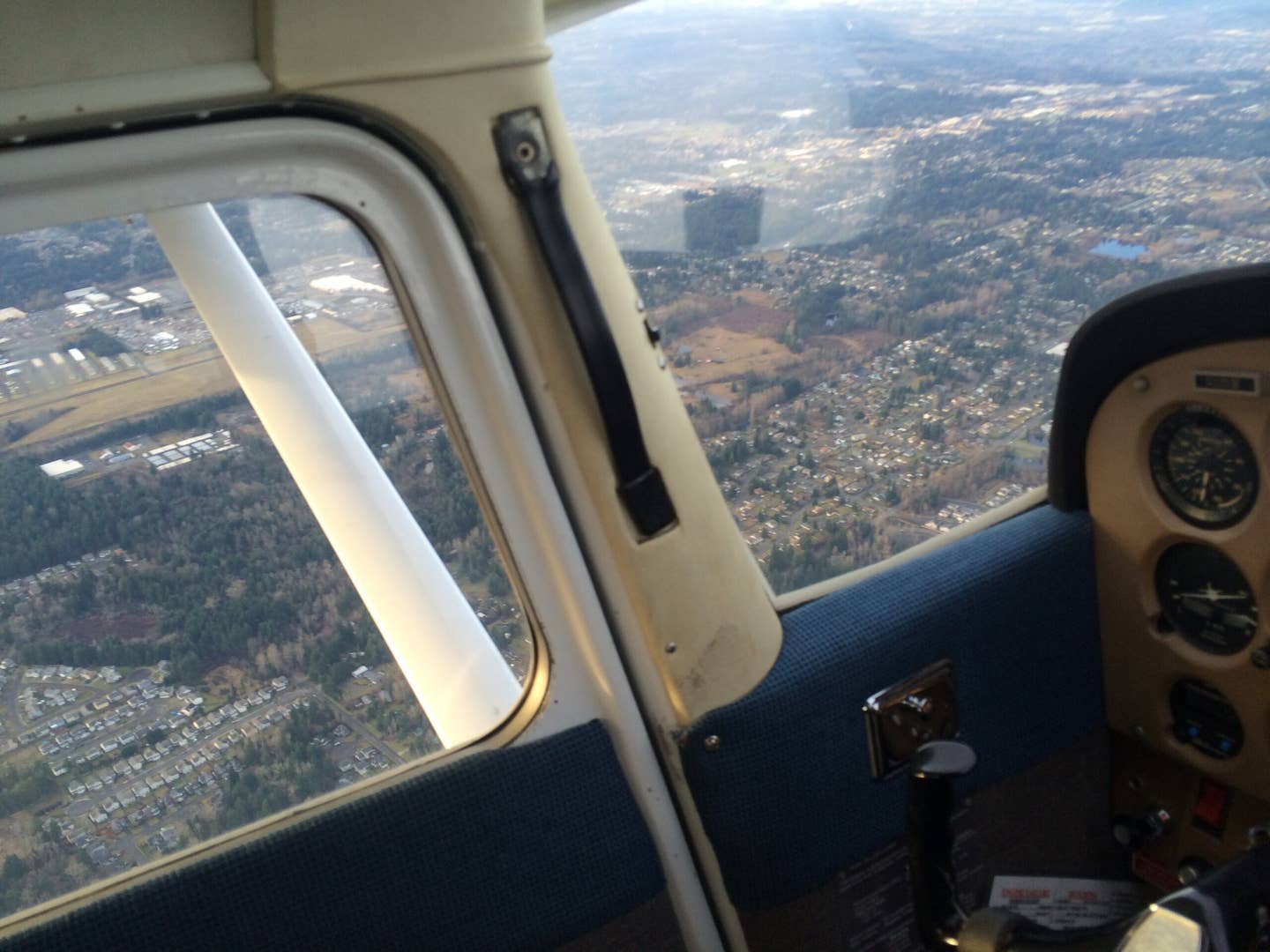Turn Up the Heat in Sims With Density Altitude Games
Testing the extremes of heat in simulation offers perspective into what would happen to the typical GA aircraft under the same conditions.
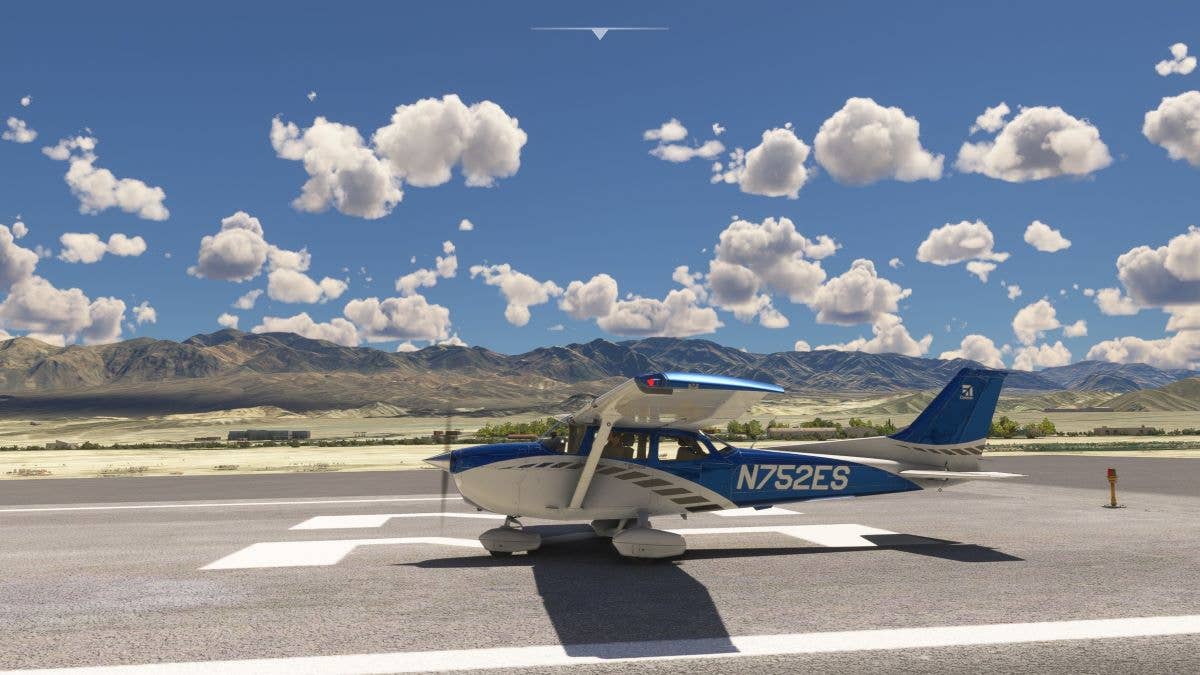
Microsoft Flight Simulator 2020 offers custom weather. [Courtesy: Peter James]
Now that it is officially summer and blazing hot across the U.S., I tested both Microsoft Flight Simulator 2020 (MSFS2020) and X-Plane 12 (XP12) for realism and aircraft performance with different hot weather regimes.
Using live weather was easy enough, but I wanted to test the extremes of heat to see what would happen to the typical GA aircraft under these conditions. In keeping with the theme of how it affects most GA pilots, I chose a late model Cessna 172 featured in both sims, one that many real-world pilots perhaps own or rent from a flying club.
The aircraft is a late model but not too modern, which meant it came with some GPS add-ons but kept with a traditional “six-pack” of instrumentation. I used the WB-SIM Cessna 172 enhancement from Just Flight available here.
This plane is an enhanced version with realism improvements, flight physics, systems, engine wear and tear, and much much more. The sounds are improved too, replicating them well.
The First Test
My first test was to see what takeoff performance was like in the 172 at a typical East Coast airport near sea level in believable, accurate weather conditions. I chose Eastern Slopes Regional (KIZG) in Fryeburg Maine. We were having record heat in the high 90s in New England on the day I was doing my test, so it’s an accurate sample.
The constants I have chosen for each sample takeoff test are:
- Full fuel
- Two pilots weighing 170 pounds each
- Flaps up
- Time in seconds after full power brake release to obtain a rotate of 60 knots
- Runway distance measured to that 60 knots liftoff point
- One takeoff run in one direction and another the other way to compensate for slope, etc., to obtain the proper average
- Temperature in Fahrenheit that is accurate with real locations or actual record highs to keep it realistic
- Winds calm each takeoff
KIZG / 700 MSL / 95 F / FULL FUEL / FLAPS 0
The takeoff run here was 22 seconds to 60 knots at 1,000 feet ground run one way, and 22 seconds exactly again, yet 1,500 feet the other way (slope was the issue).
I then cranked the temp up to 100 degrees and that added another two seconds to each ground run and another 300 feet in distance too. It is awesome to see how MSFS2020 is simulating the heat and air density. It really works.
I then tried the test in XP12 with the default Cessna 172. I found it pretty close with a ground run of 21 seconds one way, 25 the other. Distances were 1,300 feet and 1,800 feet, respectively.
Which Cessna is more realistic? I am not sure, so I’ll just say both are. They clearly are affected by their simulators’ weather modeling, which is great in both sims. Climb rates at 100 F in both airplanes did hit 1,000 feet per minute, which kind of surprised me initially. I have never flown a late model 172. All the 172s I flew in college were worn-out wrecks. Maybe new ones are really superior.
I then wanted to try the famous “hot-and-high” scenario, so I chose Mammoth Lakes, California. Mammoth Yosemite Airport (KMMH) sits at over 7,000 feet msl and gets extremely hot as it’s near the deserts on the Nevada border. A major highway runs alongside the runway, so I figured that’s handy if something should go wrong. Also, the huge skiable mountains reaching toward 14,000 feet to the west are scenic.
KMMH / 7m000 MSL / 101 F / FULL FUEL / FLAPS 0
Takeoff was very sluggish at over 36 seconds—well over 10 seconds longer up this high at a ground run of almost 3,000 feet. That was about double the ground run of the Maine test conducted some 6,000 feet lower. In the XP12 Cessna 172, I hit 44 seconds on each run. Distances were a bit farther.
I then went to the granddaddy of all “hot-and-high” airports—Telluride Regional (KTEX) in Colorado. The airport sits at more than 9,000 feet and is the highest commercial airport in the U.S.
I had the joy of flying a Challenger 300 into KTEX last fall in real life. It was a gorgeous destination, with a deep blue sky, pine smell, and noticeable reduction in performance even in the jet, where more thrust is required just to taxi. You can really feel it even in colder weather.
So how did the 172 do now on a roasting high-altitude day of 91 F —about a realistic max for that area?
KTEX / 9,100 MSL / 91 F / FULL FUEL / FLAPS 0
On Runway 09, it took 35 seconds in the XP12 Cessna 172 to reach 60 knots at a ground run of 3,000 feet once again. That is a slight uphill angle. On Runway 27 it went down a bit and used up only 2,200 feet of pavement at 26 seconds.
The MSFS2020 Cessna 172 had nearly identical ground runs at 39 seconds uphill and 37 seconds downhill. Acceleration was slower in the MSFS2020 plane this time. At lower airports the XP12 Cessna was more sluggish, but performed better up high in this scenario.
Once airborne, the climb rates again hit close to 1,000 feet initially but not for long. I was barely able to get around the pattern at all, with no more than 500 fpm to 10,000 msl for the pattern. Takeoff was a fully leaned event prior to brake release.
L06 / MINUS-210 MSL / 131 F / FULL FUEL / FLAPS 0
For the last test, I tried the lowest airport I could find in the hottest-sounding place in the U.S.— Furnace Creek, California. The name fits for good reason.
At minus-212 msl I don’t think I have ever used a flight sim plane that low before, and it sure looked odd on the altimeter. At a temperature this high, I imagined the tires melting into the pavement or my hands being burned on seat belt buckles. It would be insane to even attempt this without an air conditioned aircraft.
At this temperature, it took 20 seconds to reach 60 knots with a ground run of 1,500 feet. This is just like my first sample in Maine. It is about 1,000 feet lower, with the advantage of being so low that your density altitude would be to some advantage even in the heat. The temperature, however, was so high it negated that advantage.
This was a fun experiment. As usual it opens the door to so much more. How does winter compare? How does a Cessna fly in Alaska at minus-60 F. (I have done it in sim, and this is where I learned that Cessnas make contrails during taxi.)
How about trying this hot stuff in a shorter, more dangerous tree-lined airport where a crash is more certain? What if you loaded up with rear passengers too? How about some tailwinds?
In the real world of business jets, we let our handy FAA-approved iPad performance calculations do all the work now on hot and high. At recurrent, all I do is fly single engine missed, V1 cut and takeoffs, climbs out of terrain, wind shear, and more all while being above ISA. Even in powerful jets, where one engine performance is almost a nonevent, combining heat and altitude together can be a real nail-biter.
The real-world implications of all these things are something to practice and consider from the safety of your armchair at home. This unscientific experimentation can be tucked into the back of your noggin for some thought-provoking recall in real life. Anything that does this is another feather in your cap of aviation safety.

Sign-up for newsletters & special offers!
Get the latest FLYING stories & special offers delivered directly to your inbox

